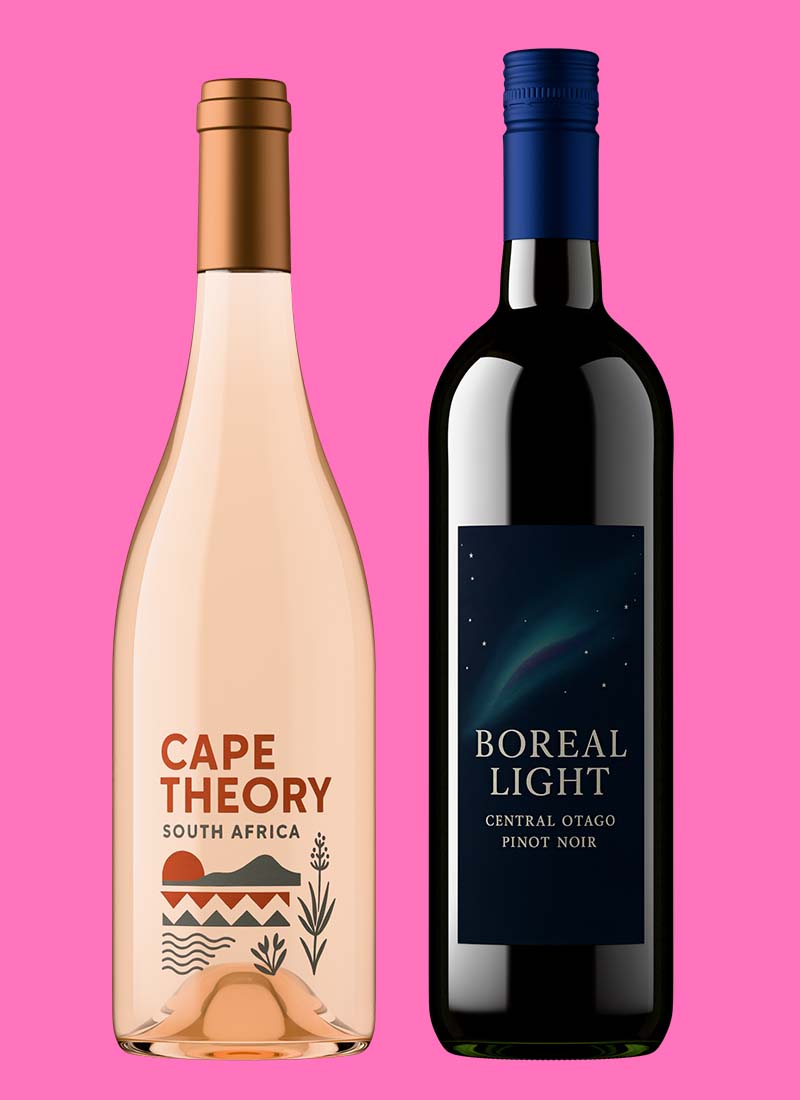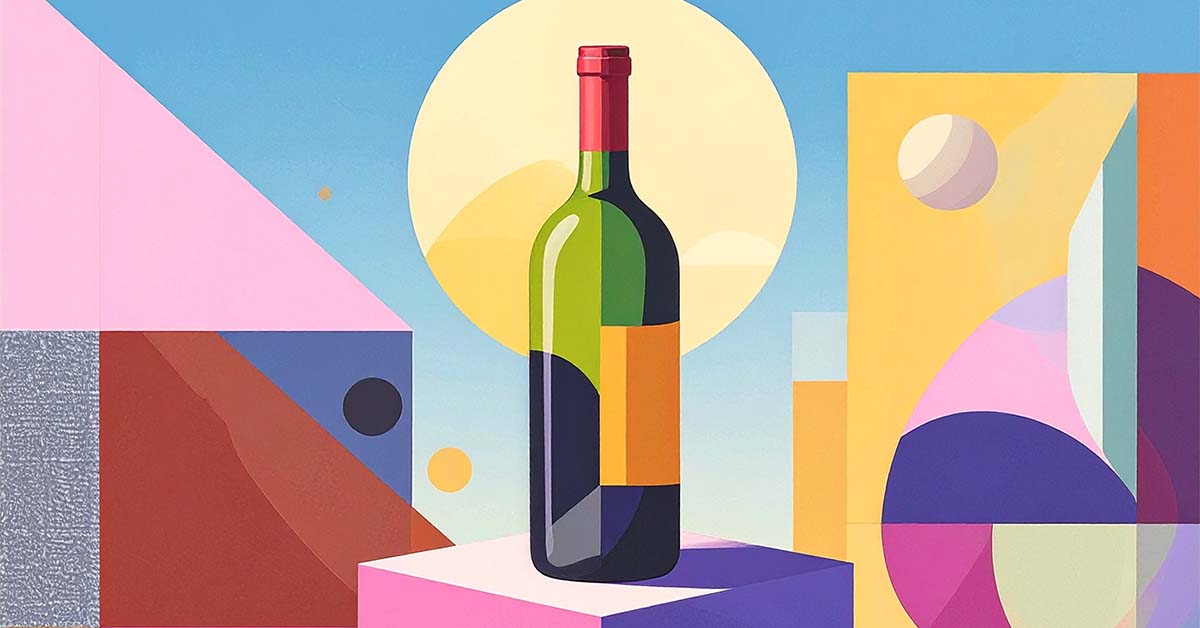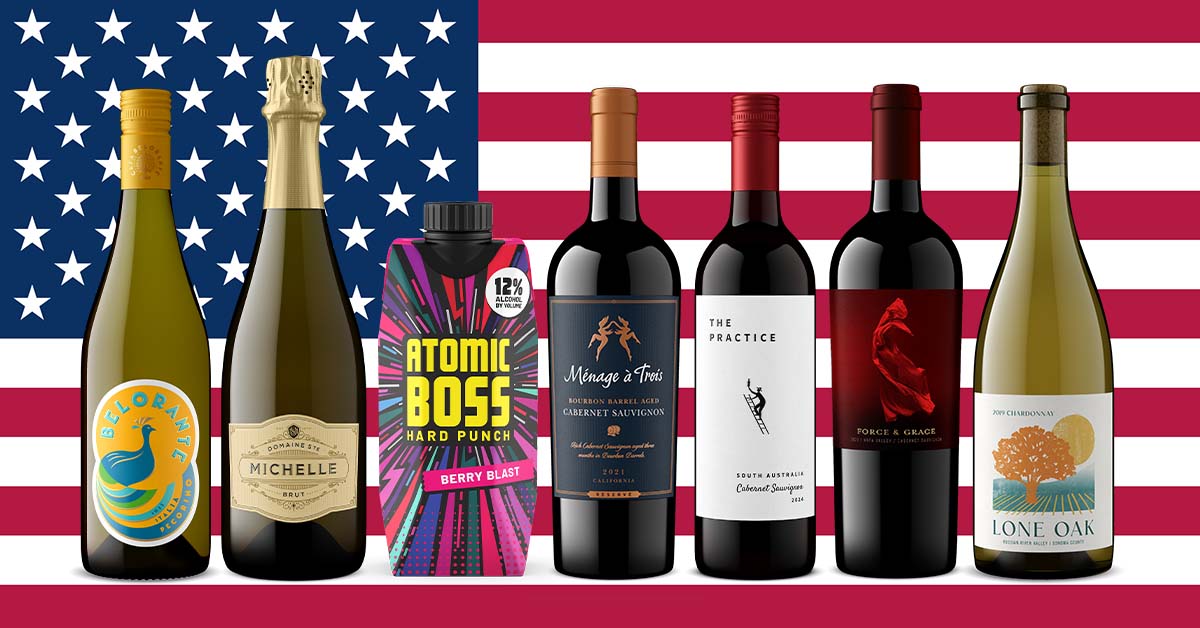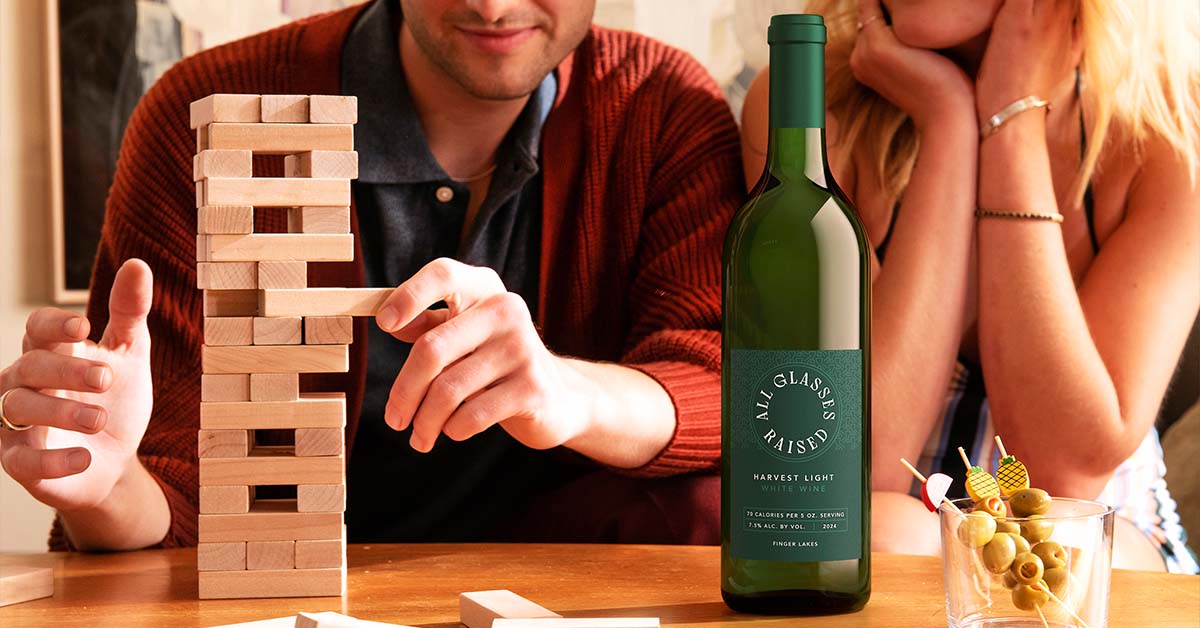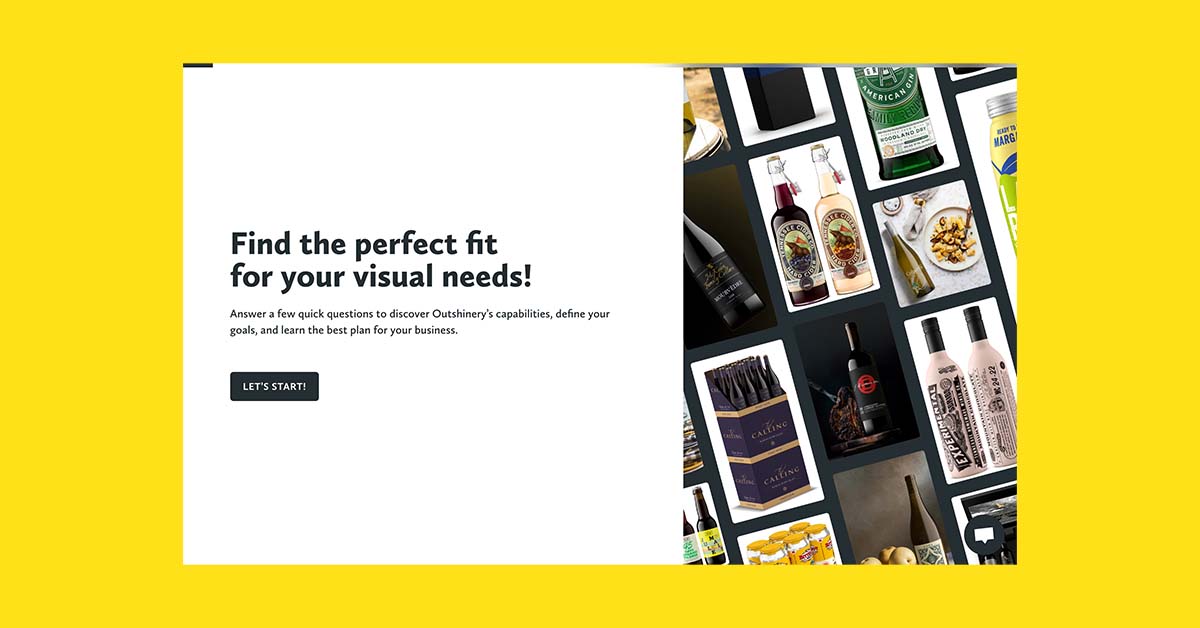How to position your wine packaging for sales success
Get advice from the alcohol industry’s top designers

Wine is not just a beverage; it's an experience. From the vineyard to the bottle, every aspect of the winemaking process contributes to the unique character and personality of the final product. And yet, one of the most critical components of the wine experience is often overlooked: packaging and label design.
Short summary
- Learn the importance of packaging design in building consumer trust and establishing brand reputation.
- Signal to consumers how to best enjoy your wine and beverages through the packaging design.
- Convey the brand's personality and values through creative and unique design elements.
- Create memorable packaging that stands out in different settings such as tasting rooms, wine shops, grocery stores, ecommerce, and social media.
- Approach your brand and packaging design in a value-based way, similar to dating, by identifying the people you want to attract and displaying transparency and trust.
- Tap into the energy and momentum of your brand and communicate what makes your brand iconic and unique.
- Invest in packaging and label design to succeed in the highly competitive wine market.
Set Your Packaging for Success
The Outshinery team worked with the wine industry's top designers to create a program called Set Your Packaging for Success. Your factor of any alcohol brand is essential to getting attention and building excitement and trust with consumers.
Influence buying decisions
Packaging is the primary point of contact between the consumer and the product. When a customer walks into a store or browse online, it is often the first thing they notice. A well-designed label can catch the eye and draw the consumer in, enticing them to learn more about the product and ultimately make a purchase, helping you sell more wine.
“Drink labels can have a huge influence on buying decisions, as consumers are increasingly trying to understand ingredients and processes in a more meaningful way,” according to a report by global marketing company Snipp, based out of Vancouver. This hints at something that wine label creators often overlook: the momentum toward branding consistency.
It starts with a front-label look that echos your brand ethos in full. The style, proportions, textures, font, and graphics should be consistent with the rest of your portfolio, the atmosphere of your tasting room, and marketing messaging. The fluidity of style should extend to the back label, where decisions about copy, what information to share, nutritional details, value alignments, and certification stamps influence purchase decisions. Packaging also includes the closure, bottle shape and color, and other details such as neck hangers and — for beverages that are in something besides standard wine bottlings — pack materials and messaging.
“72% of American consumers say that product packaging design influences their purchase decisions,” according to market research and consulting firm Ipsos. Whether this sounds overwhelming, or like an exciting landscape full of potential, there is something to learn from our pro panel. Here are some of the top takeaways for your consideration as you continue to strive for packaging success.
A clear, informative, and easy-to-read label can also help build trust with the consumer and establish the wine brand as a reputable and reliable source.

Signal to consumers how to enjoy your wine
We are preaching to the choir here, but not everyone realizes that all wines aren’t created equal. You might know that your bottle of pet-nat is great for summer sipping on the park bench, but there will be customers who aren’t sure. Use your packaging to hint at the best way to enjoy your wine, from the copy on the back label to a breezy look on the front, build trust with your consumers by helping them choose your bottle to consume under the right circumstances. This isn’t just about food pairing, which some people don’t want to worry about. It’s a suggestion that they don’t need to fuss after they’ve purchased because they already understand and likely built intentions when they made their buying decision.
Convey your brand's personality and values
“If your brand does not have a voice or position, you will quickly find that consumers do not purchase your products,” This is one area that the craft beer industry has embraced (so kudos if that’s you). Packaging design can be fun, expressive, hilarious, thought-provoking, or beautiful. Let’s say your brand cares about maintaining local hiking trails. Your customers probably do too. Try out packaging that illustrates these places, or mentions charitable donations to trail restoration groups. Or perhaps the owner of your brand is a comedian after hours. Each can have a joke (clearly, we’re not that funny to make a suggestion here) or be named after a classic humorous turn of phrase. It doesn’t have to be complicated, but it should spur your fans to ask for “the one with the hiking boots” or “the one with the knock knock joke” because they’ve become mentally engaged with your product while drinking it.

Make your packaging memorable in different settings
Brands need to think about multiple shelf spaces: the tasting room, the wine shop, the grocery store, ecommerce, and social media. Think about what the bottle will look like lined up with dozens of competing bottles of similar shapes and themes. Consider if your label detail is sticky when viewed on a tiny tile next to other things people are buying, like groceries and beauty products. Take a moment to reflect if how it looks on a mobile screen is adequate, when your vision for the buying moment was set in the backdrop of your tasting room. This isn’t saying that your label needs to be everything to everybody, but that it should meet your priorities in the places where you want it to be the most visible.
Approach your brand in a value-based way (just like dating!)
According to a Deloitte report about the future of the consumer industry. “As Gen Z emerges as a dominant consumer…the importance of equality, trust, and transparency will be of increased importance for consumers, employees, and investors”. What can you offer to build transparency and trust as a brand? Our panel suggested that this is not too different from dating, and it starts by identifying the people you want to attract. For example, is your wine perfect for people who care about brands that use renewable energy? Make sure that your packaging communicates that your winery is run on solar and has a strict water management plan. Maybe your wine ends up in the hands of someone who cares more about scores and you don’t even send your wines to critics. In this case, the “date” could go badly unless you’ve sent out signals about brand values before the purchase is made so your products match with the right person. These days, it’s just not about taste, as people
Tap into the energy and momentum of your brand
In a way, this step brings it all together, your idea for your brand and how you project it to the world. What excites you? If someone were to ask about your passion for your work, what would you want them to know? While we all get caught up in the nitty-gritty of pushing out messaging and crafting social media vibes — which are important — the real gold is to decide what is most authentic. Your brand already has authentic momentum, or you wouldn’t be where you are today, so mine the depths that make your brand iconic. No one can be everything to everybody, so find be mindful of your niche and work that energy into packaging.

In conclusion
Packaging and label design are critical components of the alcohol industry. They not only attract customers and communicate information about the product but also establish the brand's personality and differentiate it from its competitors. For brands looking to succeed in the highly competitive wine market, investing in packaging and label design is a must.

